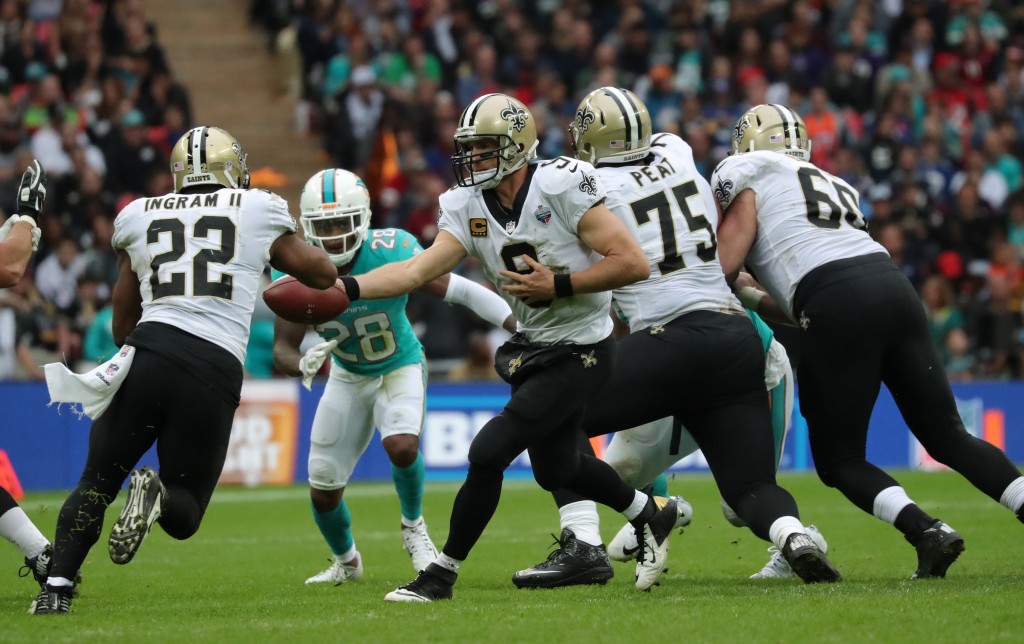Football is an intense contact sport that requires speed, endurance, agility, and teamwork on the field. Both offensive and defensive plays bring a certain kind of excitement where touchdowns and blocks can equally impact a game’s direction. Stakes are also higher since teams only have 16 games to come out on top and be included in the cut as compared to basketball and hockey with their 82 games. There is no sport quite like football, as shown by the popularity of the Super Bowl being the most-watched television program in United States history. In fact, despite the decline of traditional TV, the 54th Super Bowl of 2020 attracted almost 99.9 million viewers.
As expected in such a physically inclined sport, injuries are a common occurrence in a football game despite the helmets, pads, and braces worn by the players. The sheer size, speed, and raw prowess portrayed by the teams can lead to unavoidable accidents. Here are the common football injuries and ways to treat them in case it happens during your friendly neighborhood match.
1. Whiplash
Whiplash is a neck injury caused by a forceful rapid backward and forward movement of the neck, much like how a whip cracks on a surface. Caused by tackles and collisions, this injury can lead to neck stiffness, headaches, and tenderness in the shoulder and upper back. While people who experience whiplash feel better within a few weeks of rest and over-the-counter medications, chronic pain can start to set in if left untreated. It is better to avail of whiplash treatment from trusted chiropractors in Lehi if you have the chance.
2. Ankle Sprain

Sprains and strains are the most common type of injury given all the running around done in football. A player will sometimes trip due to uneven surfaces or changing directions swiftly, which can overstretch the ligaments in one’s ankle joint. Treatment for this injury is best done through the R.I.C.E. method (Rest, Ice, Compression, Elevate). Swelling and bruising of the affected area will go down after attentive care is given.
3. Anterior Cruciate Ligament (ACL) Tear
The ACL helps stabilize the knee joint and is commonly torn if the lower leg stays planted while the upper part twists or moves during a tackle or landing a jump. This injury can sideline an athlete for an extended time with serious cases needing surgery. An ACL sprain, on the other hand, can be managed with the help of a physiotherapist and their recommended rehabilitation practice to strengthen the injured muscles.
4. Turf Toe
Turf toe is a painful injury affecting the joint at the base of the big toe. It is experienced by an athlete when he forcefully jams his toe into the ground beyond its normal limits, usually occurring on grass or an artificial turf playing field. Bruising is expected where the joint capsule and ligaments have been torn. While it is not considered as a serious injury, turf toe might limit an athlete’s mobility. It is recommended to apply the R.I.C.E. method along with taking anti-inflammatory medications to control the swelling. Wearing a stiff-soled shoe can also help speed recovery.
Playing sports will always have its own risks and rewards, especially for an intense one like football. Each player should know what injuries to watch out for and how to apply first aid treatment so that injuries can be properly managed.



















